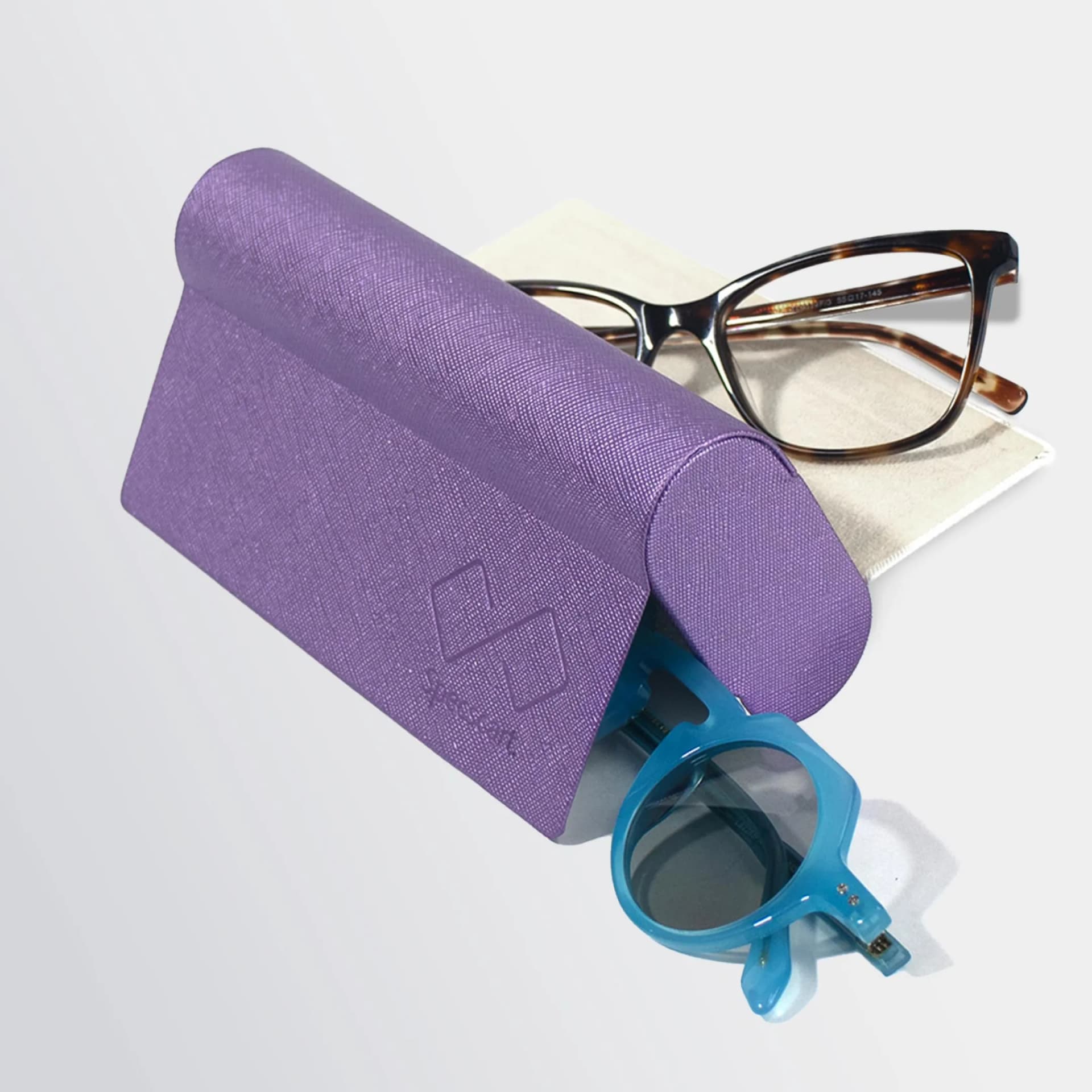
Measure your pupillarydistance (PD)
Here is All You Need to Know About Your Pupillary Distance (PD)
What is Pupillary Distance?
Pupillary distance (PD) measures the distance between the centres of your pupils. This measurement is used to determine where you look through the lens of your glasses and should be as accurate as possible. Seems too technical? Don't worry - measuring the PD is super easy with a ruler and some patience (plus with the help of a kind friend).
What is the Average Pupillary Distance?
The average pupillary distance of an adult is between 54-74 mm. The average PD for men is between 64 mm and for women the average PD is 62 mm. The average PD for kids fall between 43 to 58 mm.
How To Measure Pupillary Distance Using a Ruler or a Card
Scale Method: The PD measurement is extremely easy with a ruler and the help of a friend. You simply have to stand in front of a mirror, take a ruler and measure the difference between the distance of the centre of your right and left eye‘s pupil. Apart from a ruler, you can also use a measuring tape or an app on your phone.
1. Stand around 8 inches to 1 foot away from a mirror.
Place a ruler horizontally against your eyebrows. Close your right eye, then align the ruler’s 0 mm with the centre of your left pupil.
2. Look straight, then close your left eye and open your right eye.
The mm mark that lines up with the centre of your right pupil is your PD.
3. Leave it to us
If you are unsure about measuring it yourself, you can also take a measurement photo, using which we’ll check the PD for you.
Watch This Video to Guide You Through Measuring Your Pupillary Distance (PD)
Some Additional Tips To Measure Pupillary Distance (PD)
- Whilst the distance between your pupils is one length, you’ll have to halve it to work out the PD for each eye, e.g. if your PD is 60mm, your left and right eyes will be 30mm each.
- If you can’t have your PD to a round number, no problem - split them to the closest 0.5mm, e.g. if your PD is 60.5mm, fill in: right = 30mm, left = 30.5mm. We see this quite a bit so, don’t worry, we know how to deal with it.
- The average PD is somewhere between 58-68mm. If yours falls outside this, or you have a prescription over +/-6 SPH, get in touch with us and we’ll give you a helping hand.
- Visiting one of our stores? Easy, our retail assistants will measure your PD for you.
Why is Pupillary Distance Measurement Important?
If your PD isn't right, it can cause eye strain, fatigue, or simply not being able to see properly. The higher your prescription, the bigger the effect of an incorrect PD can have.
Your eyes should view the world through the best part of your lenses, and since your pupils are in the middle of your eye, we make your lenses with that central point in mind. So, get measuring!
Don't forget: if something doesn't feel right, you can always contact us for corrections or book your free eye test.



Find the Right Frames for Your PD
Please note that these are only rough suggestions and not a strict guideline. The best measurement depends on various factors like your exact prescription and type of lenses (varifocal or single vision). Our lab team will take all these things into account before glazing your frames!
FAQs
What happens if the pupillary distance is wrong on glasses?
Pupillary distance can be extremely important and if incorrect, can cause dizziness, blurred vision and double vision.
Does PD need to be exact?
The pupil distance measurement does not have to be 100% accurate. If you are not comfortable measuring your own pupillary distance you can always ask your optometrist, or walk-in to our store. Our staff will be more than happy to help you with your pupil distance measurement.
Does your PD ever change?
The PD measurement can change for children as they grow. But once you reach adulthood, the pupillary distance usually stays the same.
How to measure your PD online?
You can measure your PD online using a digital PD metre application. You’ll need to follow on-screen instructions, align your face with the camera, and it calculates your PD automatically.
How do you measure your PD without a ruler?
You can measure your PD without a ruler by using a credit card-sized object and an online PD measurement tool or app. The tool uses the card for scale and your webcam to calculate PD.
How to measure pupillary distance using old glasses?
You can measure pupillary distance using your glasses. For this, you’ll need to keep your glasses on. Close your right eye and put a mark on the left lens of your glasses, falling in front of your left pupil. Now do the same with your right eye while keeping the left eye closed. Take off your specs and measure the distance between the two marks, and you’ll get your PD.
































